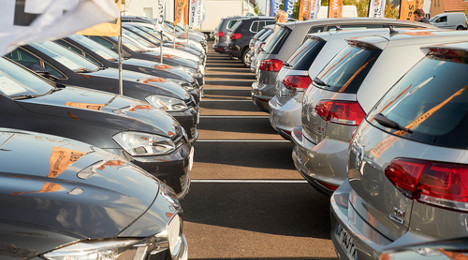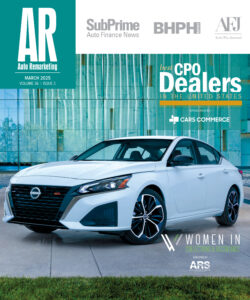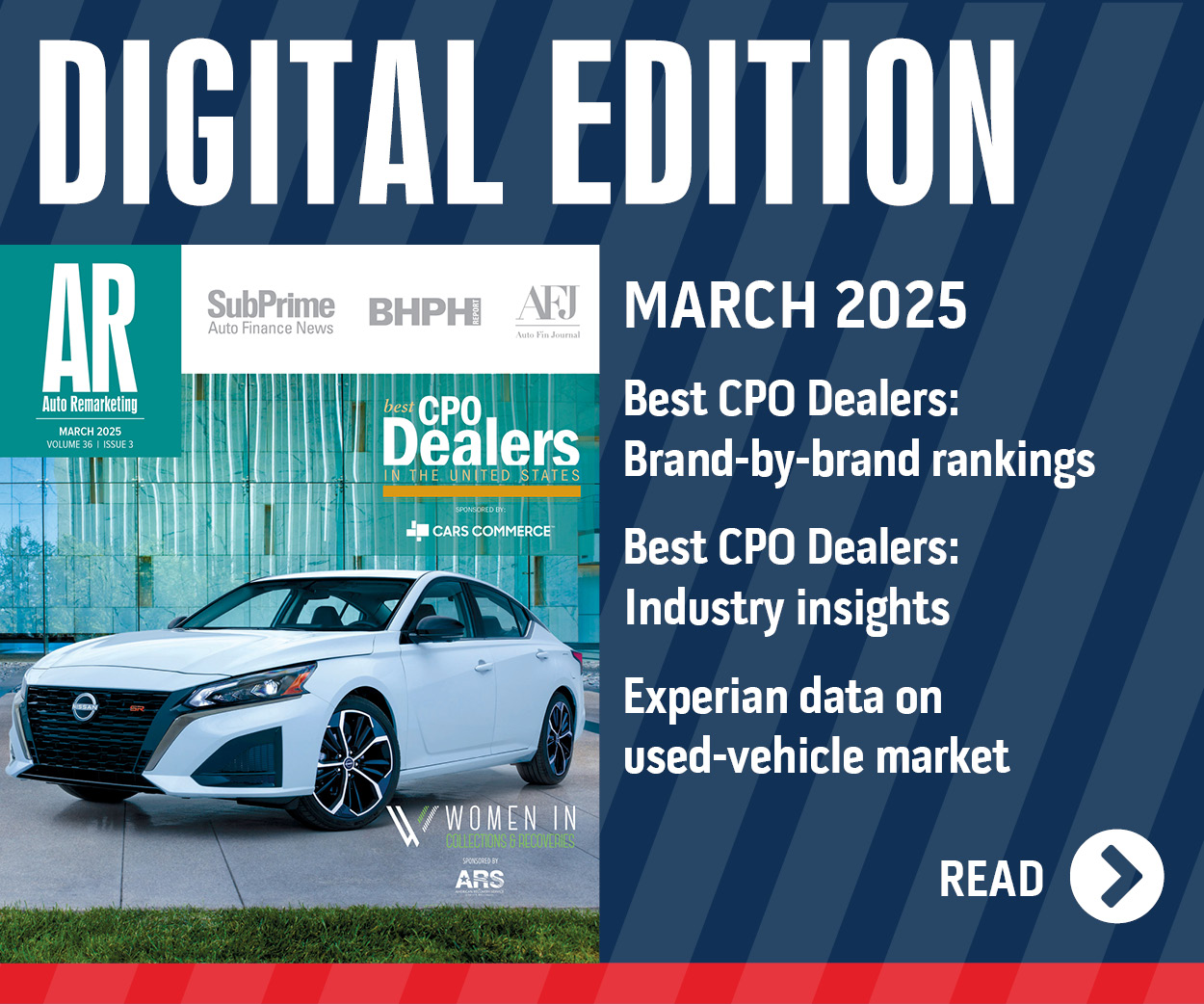Used-car stores a wise choice, given affordability issues

Photo credit: Hadrian / Shutterstock.com
You can count the decision by Roger Penske and his team at Penske Automotive Group to acquire standalone used-car retailer CarSense as a wise one, says Autotrader senior analyst Michelle Krebs.
“It’s a really smart move, of course,” Krebs said during a phone interview Friday. “Roger doesn’t make any dumb moves.”
Penske Automotive announced Thursday that it had signed a deal to buy the Northeast-based standalone used-car retailer, whose no-haggle model focuses on late-model units.
The dealer group said the model — which currently includes five stores throughout the Pittsburgh and Philadelphia metro area — can be expanded elsewhere in the U.S., and Penske plans to use it to broaden the dealer group's used-car footprint.
It’s a particularly deft maneuver by Penske — which joins other public dealer groups in the standalone used-car store space — given some of the supply and demand factors that Krebs shared.
It’s also not the last time we’re likely to hear of a dealership group making this kind of move.
Sonic Automotive and Asbury Automotive Group each have used-car standalones in EchoPark Automotive and Q auto, respectively, while AutoNation has plans to roll out its own.
So why is launching standalone used-car stores a good idea, and what makes the used-car market so attractive?
For starters, used-car supply is only going to continue growing, particularly as off-lease volumes ramp up in coming years, Krebs said.
Meanwhile, consumer demand for used cars is going to be strong because of the “affordability issue” in the new-car market, she said.
In fact, affordability — or lack thereof — has been one of the biggest disruptors to the new-car market, she said.
Yes, urbanization, the buying habits of millennials and car/ride-sharing all have had some impact, and Krebs and her colleagues are keeping close watch on these trends. But they haven’t had the same kind of impact that affordability issues have.
Given the growth in U.S. population, Krebs said, the new-vehicle market should be stronger than it is.
There were about 210 million adults in the U.S. in 2000, a year where 17.4 million new vehicles were sold, according to Cox Automotive, which cited Automotive News and the U.S. Census
In 2015, there were 248 million U.S. adults and 17.5 million new-car sales.
Put differently, they said, it took 38 million more people to reach essentially the same sales total.
The company’s data set takes it a step further and shows that if new-car sales per capita in 2015 had been even with the level in 2000, there would have been 20.5 million new-car sales last year.
But that, of course, didn’t happen.
The new-car market, Cox Automotive emphasized, has an affordability issue.
According to its data set, 57 percent of non-vehicle owners say they don’t have a car because they can’t afford to buy or lease one.
Krebs points out that median income has not risen and the cost of living has “grown exponentially.”
In fact, nearly three-fourths (72 percent) claim their everyday expenses have increased.
Citing the U.S. Census, Cox Automotive indicates that median income in 2014 ($53,657) was only marginally higher than median income in 1990 ($52,623).
Krebs points out that incomes have gone up 21 percent since 1967, but over the same time span, there has been a 596-percent increase in the cost of goods.
Meanwhile, income has actually dropped 7 percent in the last 15 years, she said, with the cost of goods going up 37 percent.
Granted, Krebs added, the price of cars has not shown the same level of increase, but their growth has outpaced that of incomes.
And all of the above tends to impacts the affordability of a new car and tends to make the used car “more desirable,” Krebs said.

 View The Latest Edition
View The Latest Edition

